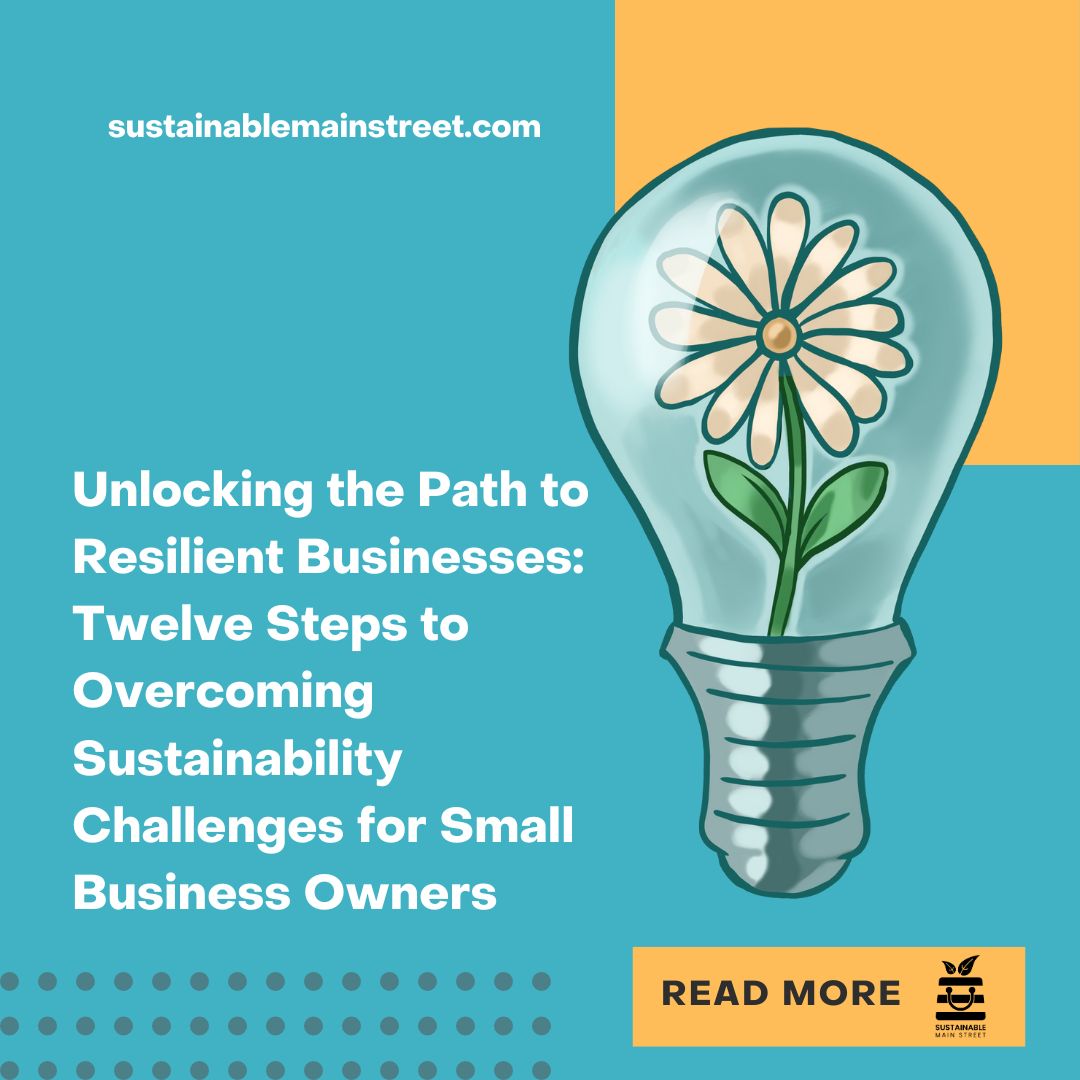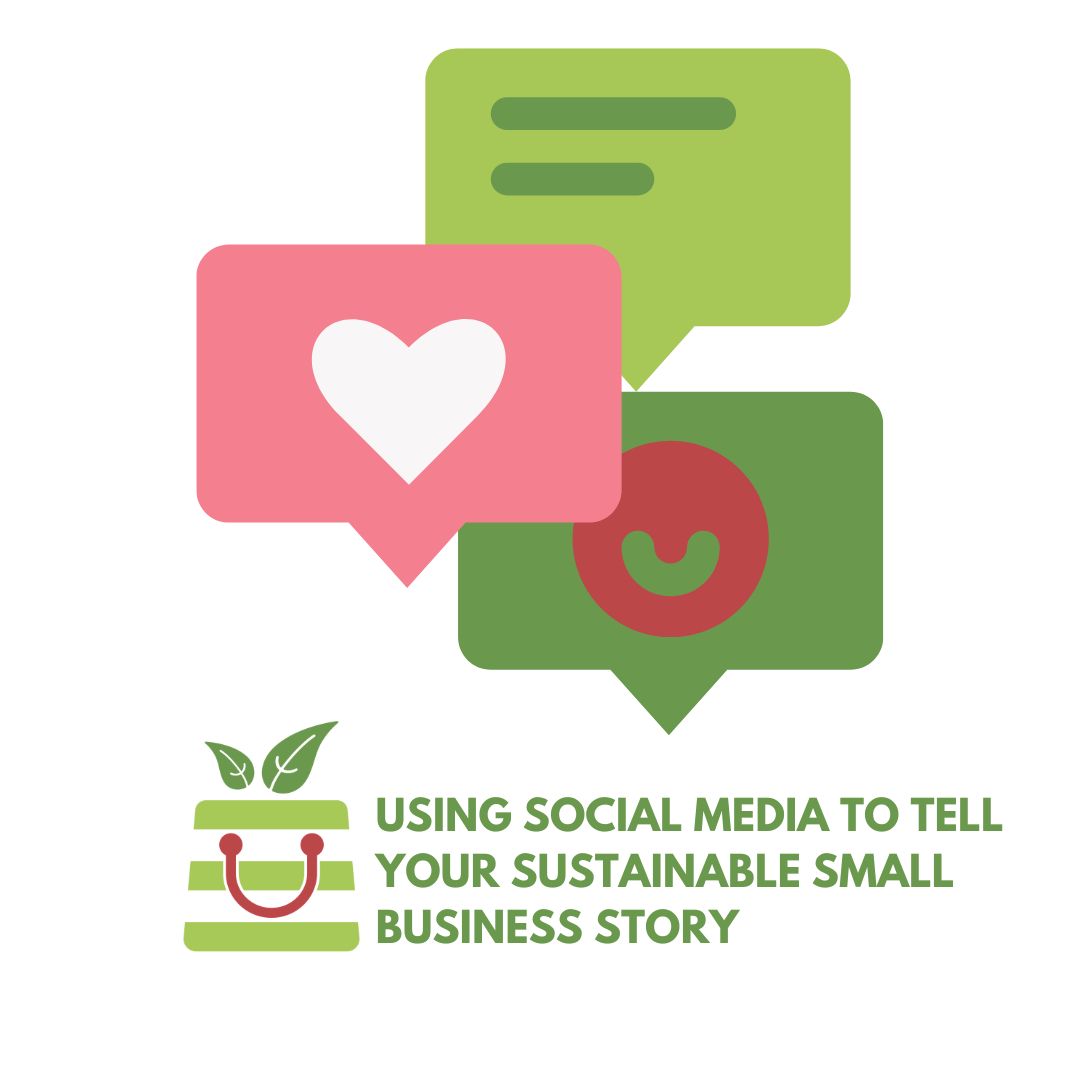Top Twelve Ways that Businesses Can Reduce Their Environmental Impact
Taking climate action leads to more resilient businesses. Yet, two-thirds of small business owners worry they don’t have the right skills and knowledge to tackle the climate crisis, according to a study published by UN-backed SME Climate Hub. The lack of sustainability planning and action is not limited to businesses of any particular size, as only 10% of businesses stated they have an actionable plan in place.
Among the top reasons small businesses cite for delaying climate action include a lack of skills and knowledge (63%), funding (48%), and time (40%). That’s why we are excited to connect and empower business leaders in their communities, no matter where they are on their sustainability journey.
Awareness and commitment are the first two critical elements of making progress toward positive change. Here’s a list of the top twelve ways that businesses can reduce their environmental impact:
- Energy efficiency: Set a goal to improve the energy efficiency of your business operations. Install energy-efficient lighting, appliances, and equipment. Turn off lights and electronics when not in use, and consider using sensors or timers to automate this process. Insulate your premises to reduce heating and cooling needs.
- Renewable energy sources: Explore the transition to renewable energy sources such as solar, wind, or geothermal power, which may be easier if you first check with your energy provider. Consider purchasing renewable energy credits to offset your electricity consumption.
- Transportation: Encourage employees to carpool, use public transit, or bike to work. If feasible, provide incentives for using low-emission vehicles. Optimize delivery routes to minimize fuel consumption and emissions. Embrace telecommuting and remote work options where possible.
- Waste management: Implement a comprehensive waste management plan. Reduce, reuse, and recycle materials whenever possible. Provide clearly labeled recycling bins throughout your premises. Minimize paper usage by going digital and encouraging electronic communication and document storage.
- Sustainable procurement: Source environmentally friendly products and services. Look for suppliers who prioritize sustainability and offer eco-friendly options. Choose products with minimal packaging or packaging made from recycled materials. For consumer companies, 90% of the environmental impact comes from the supply aspect of the company.
- Water conservation: Implement water-saving measures such as low-flow faucets, toilets, and water-efficient appliances. Regularly check for leaks and repair them promptly. Collect rainwater for non-potable purposes, such as irrigation.
- Offset emissions: Consider purchasing carbon offsets to compensate for the emissions your business generates. These offsets fund projects that reduce greenhouse gas emissions elsewhere, such as renewable energy installations or reforestation initiatives.
- Reducing food waste: When it comes to global food waste, it isn’t surprising that restaurants contribute 33% and grocery stores another 11%. But all of us can play a part in better utilizing our food chain, whether providing employees with new and better ways to store their food, a corporate community garden, or even composting!
- Packaging and promotion: Take a look at ways to minimize your packaging and ensure that you source it from sustainable sources. Consider investing in an industrial shredder and cardboard baler. Help your customers better understand how to reduce their landfill waste when disposing of their product packaging.
- Greenspaces: Hosting or sponsoring a community green space in your neighborhood is a great way to give back without breaking the bank.
- Green marketing and education: Promote your environmentally friendly practices to your customers and stakeholders. Educate employees about sustainability and encourage them to contribute ideas for further carbon footprint reduction.
- Collaborate and engage: Join local sustainability networks or industry associations to collaborate with other businesses on sustainability initiatives. Individual action is important, but collective action helps empower us and avoid climate anxiety. Therefore, engaging with your community, participating in environmental events, and supporting local ecological causes is important.
Remember, each business is unique, so assessing your specific operations and identifying areas where you can make the most significant impact is essential. Setting achievable goals, tracking progress, and regularly reviewing and improving your sustainability efforts are vital for long-term success.







![Validate my RSS feed [Valid RSS]](https://8hj.d65.myftpupload.com/wp-content/uploads/2023/06/social_style_3_rss-512-1.png) [Valid RSS]
[Valid RSS]